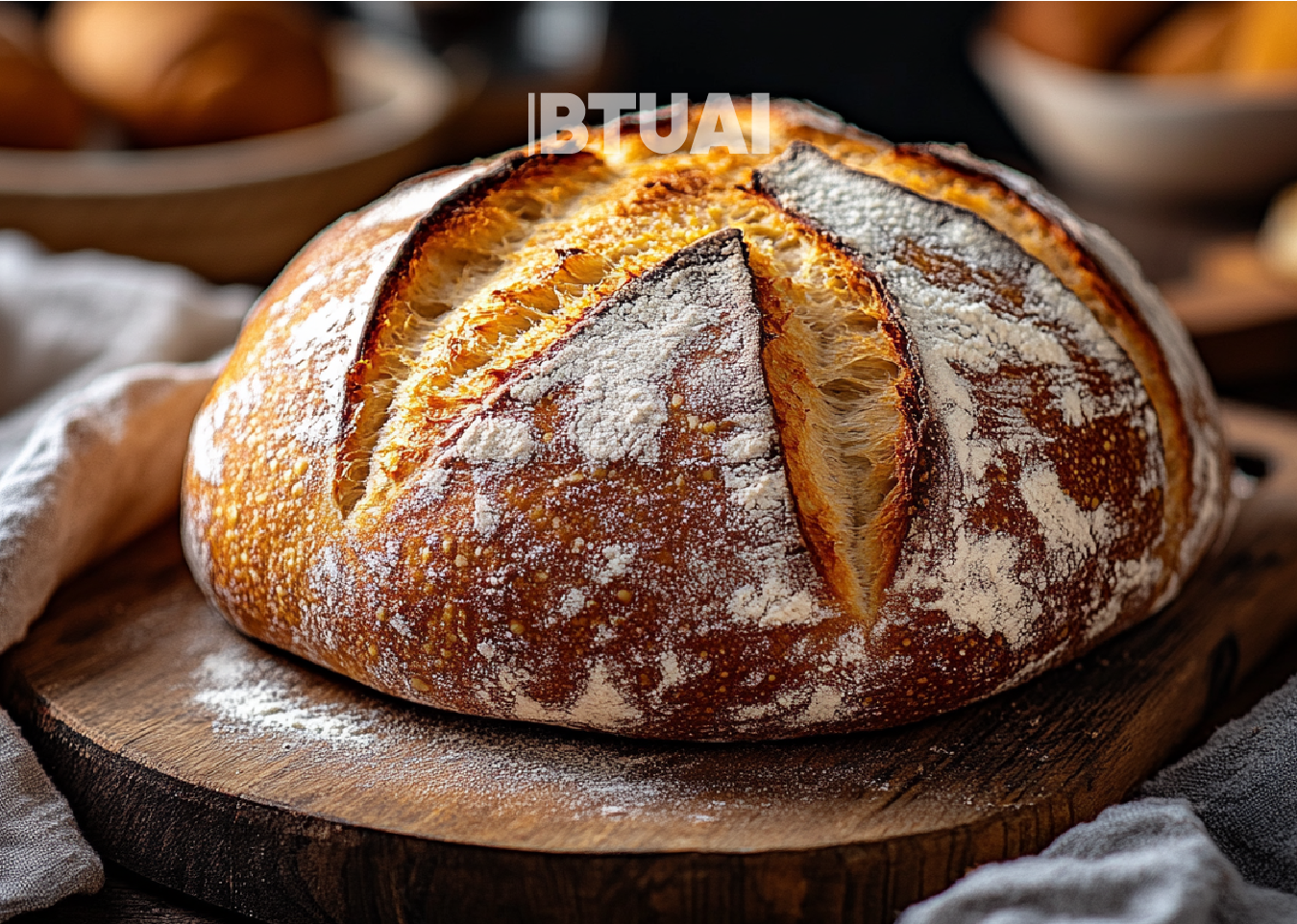Bread Imports on the Rise, Exports Emerge as a Promising Trend
Georgia’s bread and bakery market is undergoing a pivotal transformation. On one hand, the country continues to experience a

Georgia’s bread and bakery market is undergoing a pivotal transformation. On one hand, the country continues to experience a steady increase in imports, while on the other, despite still modest volumes, exports are developing along a clearly positive trajectory. This picture is outlined by Geostat’s latest figures for Q1 2025, showing that bread and bakery imports rose by 3.5% year-on-year, with 7,392 tons of products imported at a total value of USD 21.9 million.
Though the volume growth compared to the previous year is relatively minor, the rise in value is more closely tied to price dynamics on the global market. At the same time, Russia’s share in total imports is declining. While it remains the largest individual supplier, imports from Russia fell by 14.5% year-on-year, totaling 2,451 tons valued at USD 5 million. For comparison, in the same period of 2024, Russia exported 2,867 tons to Georgia, worth USD 5.5 million.
As Russia’s presence contracts, other regions are gaining ground. Turkey has already reached 1,178 tons in exports to Georgia (USD 3.8 million), while Ukraine follows closely with 1,122 tons (USD 3.1 million). Additionally, Azerbaijan and Bulgaria are carving out stable—albeit smaller—positions within this segment.
Exports, meanwhile, are showing encouraging signs of growth in both volume and value. During the first three months of 2025, Georgia exported 502 tons of bread and bakery products worth USD 1.7 million—representing a 23.3% increase compared to the same period in 2024 (407 tons, USD 1.4 million).
Azerbaijan has emerged as the leading export destination, with 202 tons valued at USD 501,000. It is followed by Armenia (125 tons, USD 739,000), Iraq (73 tons, USD 177,000), Israel (69 tons, USD 134,000), and Turkey (13 tons, USD 69,000).
While exports still pale in comparison to imports, the diversification of export destinations clearly signals that Georgian products are gradually gaining a foothold in foreign markets.
This shift is driven by both a revival of domestic production and growing economic integration with regional trade partners. However, challenges remain—namely, improving the competitiveness of local production in terms of pricing, logistics, storage conditions, and meeting quality standards.
An interesting paradox emerges: as domestic producers become more active in export markets, imports continue to rise. This suggests not so much a shortfall in local supply, but rather that a portion of Georgian production is now being allocated for export, necessitating import supplementation for domestic consumption.
In the long run, if Georgian production can evolve technologically and meet higher quality standards, the bread and bakery segment could become one of the industries capable of simultaneously satisfying domestic demand and supporting competitive regional exports. Achieving this will require targeted policies—including logistical and tax incentives—to motivate local producers to shift toward high-volume, high-quality, long-term export strategies.
For now, the statistics mark just the beginning. If the current growth rate of exports holds or accelerates, Georgia may well position itself as a small but stable exporter in the South Caucasus, gradually diversifying an economy that has long relied heavily on imports.
Would you like this adapted into a concise export market strategy brief?




